Understanding the Unique Challenges of James Hardie Siding in Denver’s High Altitude
Denver’s picturesque landscapes and high-altitude living offer residents unique lifestyle benefits, from cleaner air to scenic beauty. However, these same enriching factors present distinct challenges for homeowners, especially when it comes to selecting appropriate materials for their homes’ exteriors. Among various options, James Hardie Siding, a durable and aesthetically pleasing choice, gains attention. Yet, the specificity of Denver’s high altitude climate raises important considerations that many homeowners might not initially be aware of.
The altitude in Denver significantly impacts home exteriors due to increased UV exposure, drastic temperature fluctuations, and the possibility of more rapid weathering. These factors make the durability and resilience of siding materials not merely an aesthetic choice but a necessary consideration for long-term home maintenance and protection. James Hardie Siding, known for its strength and longevity, offers a promising solution to these altitude-related issues. However, the awareness regarding the importance of choosing siding materials that can withstand Denver’s unique environmental conditions is still developing among many homeowners.
As the conversation around home maintenance in Denver continues to evolve, it’s crucial for homeowners to become more informed about how high-altitude conditions affect their homes. Educating oneself on the benefits and necessary installation practices of James Hardie Siding can empower homeowners to make choices that will not only enhance their home’s visual appeal but also ensure its resistance to the high-altitude challenges. This awareness is the first step toward protecting Denver homes against the elements and ensuring they stand the test of time in the face of Denver’s beautiful, yet challenging, environmental conditions.
Introduction to the Issue: High Altitude Challenges for Siding in Denver
In Denver’s unique high-altitude climate, homeowners face a special set of challenges when it comes to choosing the right siding for their properties. The primary issue here is selecting a siding material that can withstand the extreme fluctuations in temperature, intense UV exposure, and the occasional severe weather conditions that are characteristic of the region. Most conventional siding materials fail to offer the resilience needed to cope with these environmental factors, leading to increased maintenance costs and decreased longevity of the home’s exterior.
James Hardie siding, an innovative fiber cement product, has emerged as a promising solution for Denver’s demanding climate. However, the installation of this material requires specific best practices to ensure its durability and effectiveness. Despite its growing popularity, there exists a significant disparity in homeowner awareness regarding the correct installation techniques and the critical importance of adhering to them. The issue encompasses not just the aesthetic appeal or the material cost but extends to the overall structural integrity and weather resilience of homes in Denver’s high-altitude climate.
Unveiling the Hard Facts on Denver’s High Altitude Siding Challenges
In Denver’s unique high altitude environment, James Hardie siding emerges as a critical solution against staggering statistics that testify to the severe climate’s impact on traditional siding materials. Denver experiences more than 250 days of sunshine each year, coupled with an average snowfall of 60 inches, putting unprecedented stress on non-durable siding. The intense ultraviolet (UV) exposure at higher altitudes accelerates the degradation of typical siding materials by as much as 50% faster than at sea level. This harsh environment results in considerable damage, necessitating repairs or replacements far sooner than many homeowners anticipate. Opting for James Hardie siding in Denver is not just a choice; it’s a necessity for enduring protection.
Why James Hardie Siding Is Essential for Denver’s High Altitude Climate
Denver’s unique high altitude climate poses a significant challenge for homeowners when it comes to selecting the right siding material. The typical problems associated with traditional siding options become amplified in Denver’s environment, making the choice of James Hardie siding not just a matter of aesthetic preference but a necessity for long-term home protection and comfort.
One of the main issues Denver homeowners face is the combination of intense UV exposure and dramatic temperature fluctuations that can wreak havoc on standard siding materials. Wood siding, though classic and beautiful, can dry out, warp, and crack under these conditions, requiring frequent maintenance or replacement. Vinyl siding, while low maintenance, may fade and become brittle due to the high UV index, leading to premature aging and vulnerability to damage. Similarly, metal sidings are prone to thermal expansion and contraction, which can weaken their structural integrity over time. This poses a problem not only in terms of the cost and hassle of repairs but also in the potential loss of energy efficiency and increased vulnerability to the elements.
In Denver, the specific challenges of high-altitude weather conditions mean that homeowners have to deal with the added complexity of ensuring their siding can withstand not just the typical concerns of aesthetics or durability, but also the very real threats posed by the environment. This results in a scenario where the choice of siding material can dramatically impact the long-term viability and cost-effectiveness of home maintenance. Consequently, James Hardie siding becomes more than just an option; it represents a critical investment in the home’s future sustainability and comfort.
Understanding the Problem: James Hardie Siding in Denver’s Unique Climate
The installation of James Hardie Siding in Denver is not just a matter of aesthetic enhancement—it’s a critical decision for ensuring the longevity and durability of your home in the face of Denver’s unique high-altitude climate. This climate poses a series of challenges that can severely affect traditional siding materials. Denver’s high altitude exposes homes to more intense ultraviolet (UV) rays, which can cause fading and deterioration over time. Additionally, the region experiences a wide range of temperatures throughout the year, from scorching summers to freezing winters, putting tremendous thermal stress on building materials.
Traditional siding materials often fail to withstand these harsh conditions, leading to frequent repairs and maintenance. Homeowners in Denver need to understand that the choice of siding material has a direct impact on their home’s resilience against the climate, maintenance costs, and ultimately, the home’s long-term value. James Hardie Siding, with its reputation for durability, offers a solution to these climate-induced problems, but the installation practices must be adapted to meet Denver’s specific environmental conditions to fully realize its benefits.
Enhanced Durability of James Hardie Siding in Denver: A Case Study
In Denver’s unique high-altitude climate, the Johnson family discovered the unparalleled benefits of installing James Hardie Siding on their home. Previously struggling with the rapid deterioration of traditional siding materials due to intense UV exposure and fluctuating temperatures, they opted for James Hardie Siding. The result was remarkable; not only did the siding stand up to Denver’s demanding weather conditions without fading or warping, but it also significantly improved their home’s energy efficiency. This real-life example underscores why homeowners in Denver should consider the long-term durability and protection offered by James Hardie Siding.
Consequences of Ignoring James Hardie Siding Installation Best Practices in Denver
Overlooking the crucial process of installing James Hardie Siding correctly in Denver’s unique high-altitude climate can have profound and costly consequences for homeowners. High altitude brings about extreme weather conditions, including intense UV radiation and rapid temperature changes, which demand the durability and resilience James Hardie Siding provides. Ignoring installation best practices tailored for these conditions can lead to several significant issues.
Firstly, improper installation can compromise the siding’s ability to shield your home from the weather elements, leading to accelerated wear and tear. This can result in the need for premature repairs or complete replacement, thereby inflating maintenance costs dramatically over time.
Moreover, sidings that are not properly installed can negatively impact a home’s energy efficiency. Gaps and incorrect fitting can lead to heat loss during winter and excess heat during summer, which translates into higher energy bills for homeowners.
By not adhering to recommended installation practices for James Hardie Siding in Denver, homeowners not only risk incurring unnecessary extra costs but also potentially reduce the overall value and curb appeal of their property. Ensuring correct installation from the start is imperative to avoid these negative consequences.
Economic Impacts of Improper Siding Installation in Denver
In Denver’s challenging high-altitude climate, the economic repercussions of neglecting best practices for James Hardie siding installation can be significant. Improper installation can lead to accelerated wear and tear, necessitating costly repairs and even premature replacement. Such financial burdens not only strain homeowners’ budgets but can also adversely affect the home’s market value. Properties equipped with correctly installed, durable siding like James Hardie are more likely to maintain their appeal and value, safeguarding the owner’s economic security in the long run.
Installation Best Practices for James Hardie Siding in Denver’s High Altitude Climate
In Denver’s unique high altitude climate, homeowners often wrestle with issues such as severe sun exposure, drastic temperature shifts, and intense UV radiation—all of which can drastically affect the siding of their homes. James Hardie Siding emerges as a specialized solution designed to address these particular challenges. Its remarkable durability and performance in extreme conditions set it apart, directly targeting the very problems Denver residents face with other siding materials.
What distinguishes James Hardie Siding is its engineered composition specifically formulated to resist fading, cracking, and warping under high UV exposure, which is prevalent in Denver. The product’s strength and stability in fluctuating temperatures provide peace of mind for homeowners concerned about the long-term appearance and integrity of their home’s exterior. Furthermore, its resistance to moisture and rot is invaluable in Denver’s snowy winters, ensuring that homes remain protected and beautiful year-round.
The positioning of James Hardie Siding as the optimal choice for Denver homes revolves around its unmatched capability to address the high altitude’s adversities directly. By choosing James Hardie Siding, homeowners take a proactive step towards safeguarding their homes against the elements, confident in the knowledge that they are investing in a product designed to thrive in Denver’s demanding climate. This not only ensures a robust, long-lasting exterior but also contributes to the home’s energy efficiency, potentially lowering heating and cooling costs. Thus, James Hardie Siding stands not just as a solution but as a necessary evolution in siding technology for Denver’s distinctive environmental challenges.
Installation Best Practices for James Hardie Siding in Denver’s High Altitude Climate
James Hardie siding serves as a superior solution for homeowners in Denver, combating the unique challenges of the region’s high altitude climate. This innovative product is specifically engineered to withstand the intense UV exposure, dramatic temperature fluctuations, and potential moisture issues prevalent in Denver. By offering exceptional durability, James Hardie siding eliminates the common problems associated with other siding materials in this environment.
Unlike traditional siding options that may degrade quickly under the relentless sun or suffer from moisture-related issues due to the area’s snow and rain, James Hardie siding maintains its structural integrity and beauty. Its composition is resistant to warping, rotting, and fading, ensuring that homes not only stay protected against the elements but also retain their aesthetic appeal over time. This resilience directly addresses the concerns of Denver homeowners, providing a long-lasting solution that significantly reduces the need for maintenance and replacement.
Furthermore, the installation of James Hardie siding by certified professionals following best practices ensures that the siding’s performance is optimized for Denver’s specific climate conditions, offering peace of mind to homeowners and enhancing the overall value of their property.
Benefits and Features: James Hardie Siding in Denver
James Hardie Siding is renowned for its superb adaptability and resilience, making it an ideal choice for Denver’s unique high-altitude climate. This siding material is engineered to withstand the rigors of rapid temperature fluctuations, intense UV exposure, and occasional hailstorms, which are common in the area. Moreover, it offers superior fire resistance, a critical feature given the region’s susceptibility to wildfires. Aesthetically versatile, James Hardie Siding comes in various colors and textures, enabling homeowners to achieve their desired exterior look while benefiting from its long-lasting durability and low maintenance requirements.
Success Stories: James Hardie Siding Stands the Test of Denver’s Climate
Denver’s unique high altitude climate poses a unique challenge for homeowners, demanding a siding solution that can withstand rapid weather changes and intense sun exposure. James Hardie Siding has been that solution for many in the area, with success stories echoing its durability and performance.
One such story comes from the Thompson family in Littleton, who had struggled with the maintenance and fading of their previous siding. After switching to James Hardie Siding, they were amazed by the lack of maintenance required and how vibrant their home looked, even after years of intense Denver sun and snow. The Thompsons remarked on the significant insulation improvement, leading to decreased energy bills through the harsh winter months.
Another compelling testimonial is from the Rivera household in Highlands Ranch, who praised the siding’s resistance to wind and hail storms that are all too common in the region. Where once they faced frequent siding repairs after storm seasons, their James Hardie Siding has remained undamaged, saving them on costly repairs and offering peace of mind against the unpredictable Denver weather.
Case Study: Transforming a Denver Home with James Hardie Siding
In the challenging climate of Denver, the Martinez family sought to upgrade their home’s siding to something durable and climate-resistant. They chose James Hardie Siding for its reputation for withstanding high altitudes and variable weather conditions. Post-installation, their home not only survived a particularly brutal winter without any damage but also stood out aesthetically in their neighborhood. This project has become a reference for local homeowners looking for a siding solution that combines durability with style. The Martinez’s experience is a testament to the value and efficiency of James Hardie Siding in Denver’s unique climate. Ready to protect and beautify your home? Contact us now to discuss your James Hardie Siding installation.

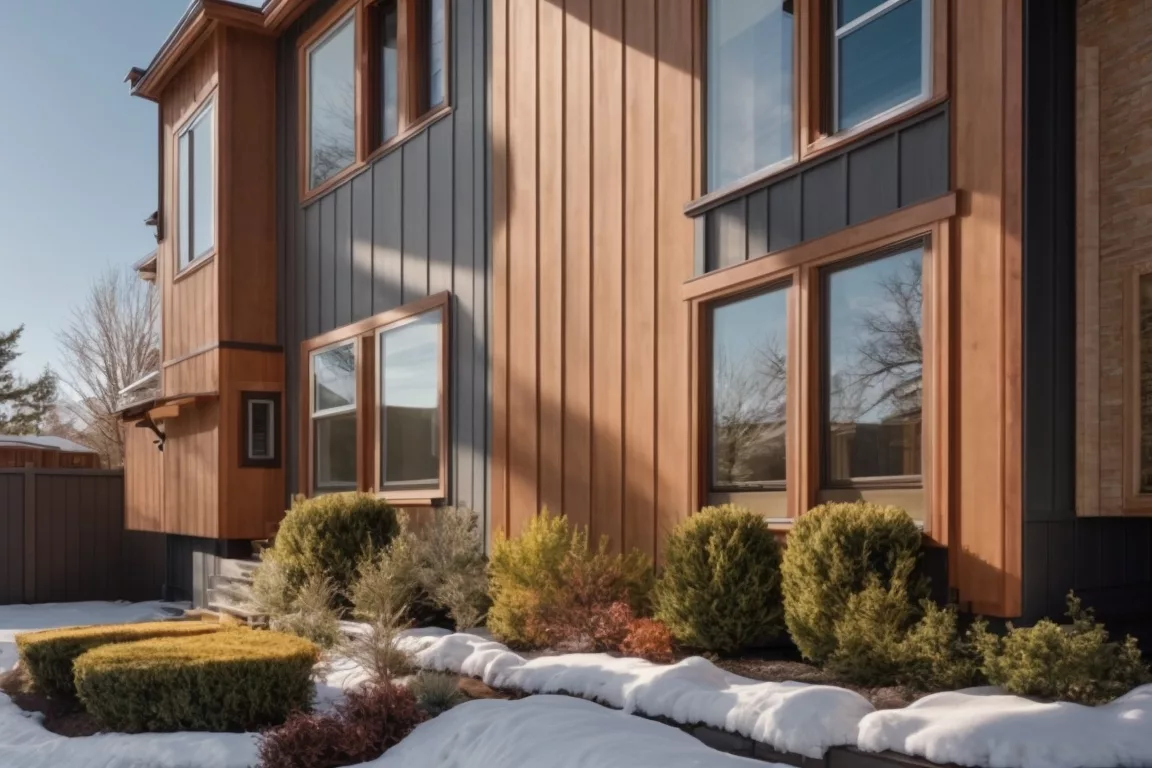
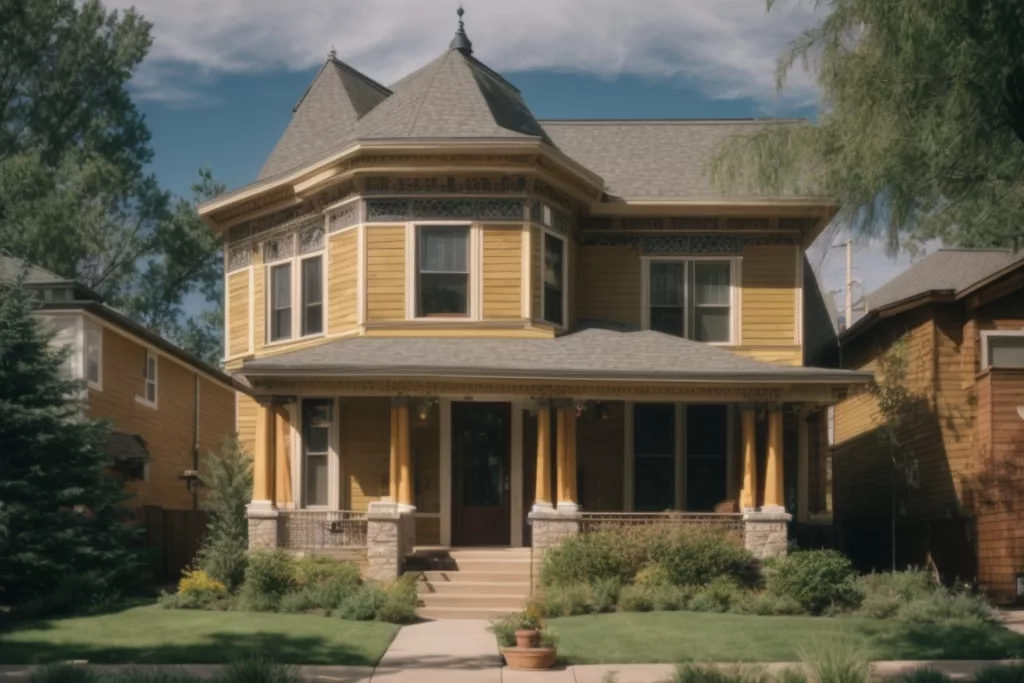
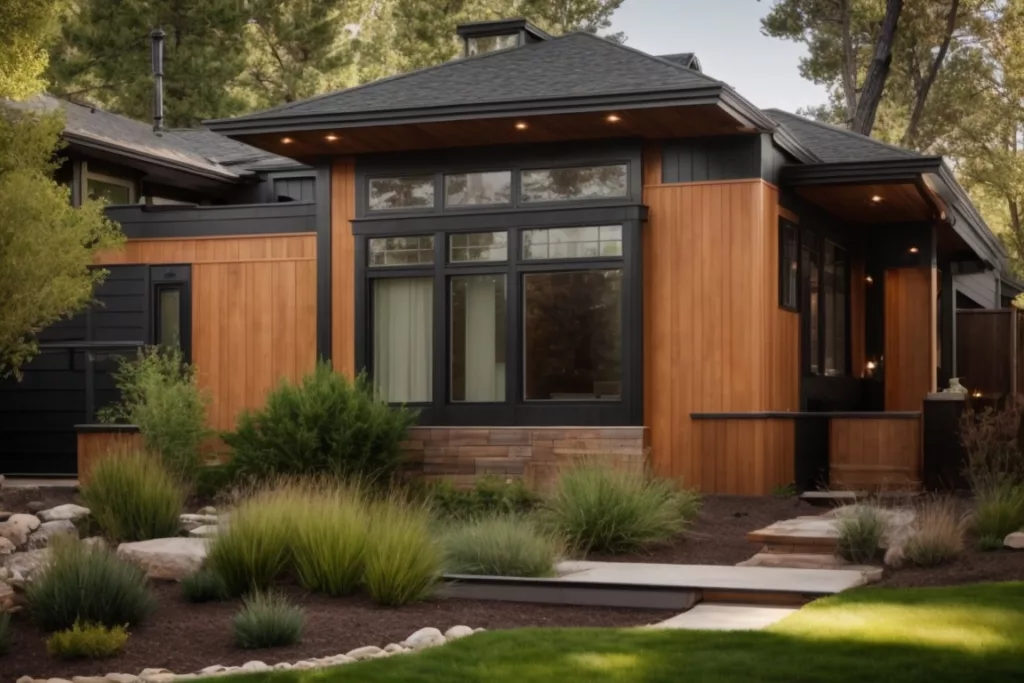
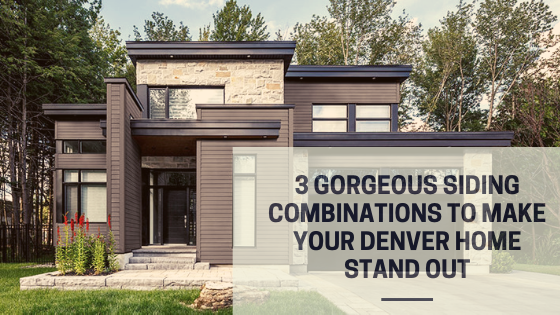
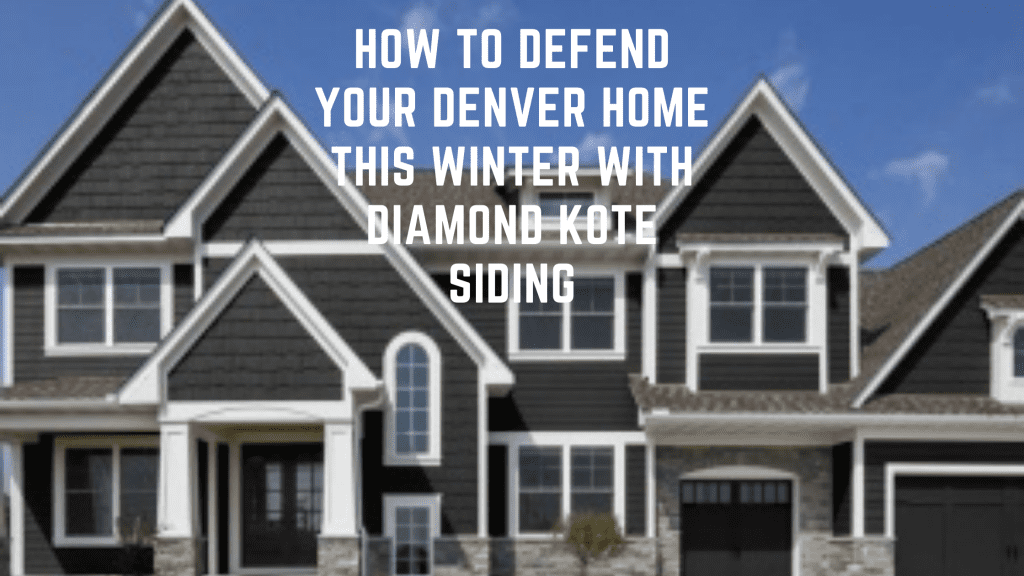
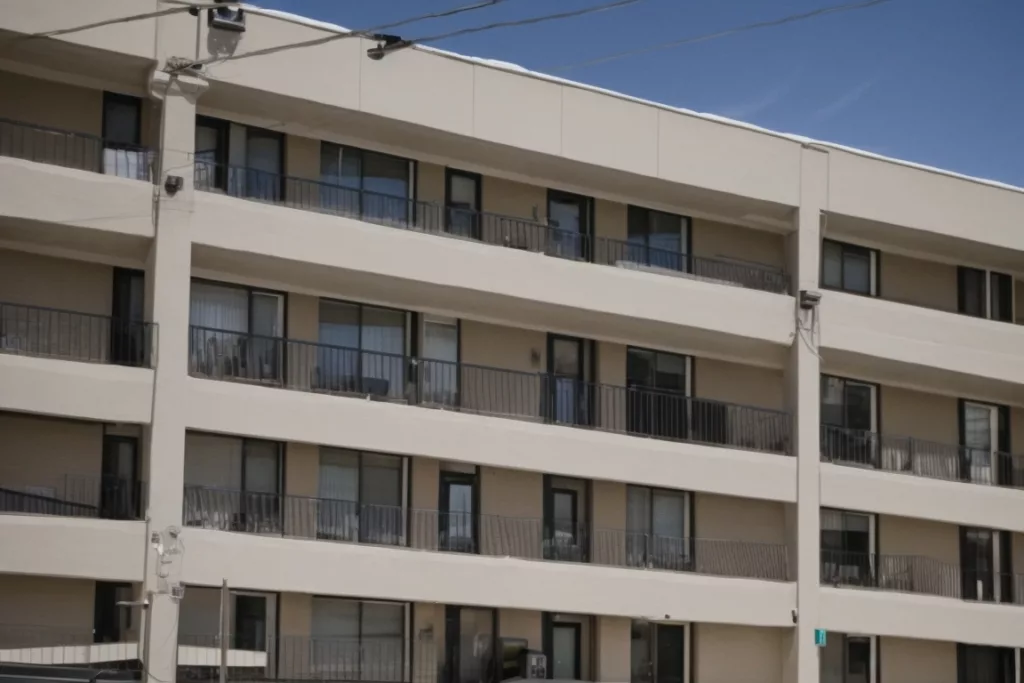
About The Author: Martin Faith
Martin Faith is the founder and owner of Siding Colorado. Shortly after moving to Colorado from Scotland, Martin had a negative experience with a local home improvements contractor, which inspired him to start his own company. Siding Colorado was born which quickly became the largest and most successful siding company in the area. Martin and his team have experience installing siding of all types, including vinyl, fiber cement, wood, and steel, for a range of residential and commercial buildings. They are trusted by homeowners all throughout the state of Colorado, including the Denver, Boulder, Fort Collins, and Colorado Springs metro regions.
More posts by Martin Faith